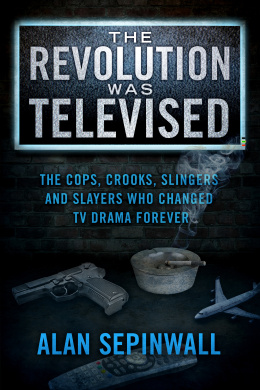
TV (The Book): Two Experts Pick The Greatest American Shows Of All Time – Alan Sepinwall and Matt Zoller Seitz
Lamenting the lack of serious television criticism in book form, like there has been for years for film, former newspapermen Alan Sepinwall and Matt Zoller Seitz team up to rank the 100 greatest American television shows of all time, giving their explanation on why each one deserves its spot in the American cultural landscape. Aside from The Simpsons, which has been on the air for 50 years or so and took home the top spot after much deliberation, currently airing shows were not eligible for consideration.
Separated into 4 categories, The Inner Circle, No-Doubt-About-It Classics, Groundbreakers and Workhorses, and Outlier Classics, the list runs the gamut from television’s earliest days, with classics like I Love Lucy and The Honeymooners, to today’s (well, yesterday’s) biggest hits. As we are living in the golden age of Peak TV, the majority of the list is certainly from the past 20 years or so.
My television watching has had me watch all or a good portion of 24 of these classic series, either in first run or syndication. Those shows are:
The Simpsons
Cheers
Seinfeld
MASH
Louie
The X-Files
Lost
Buffy The Vampire Slayer
Continue reading →
